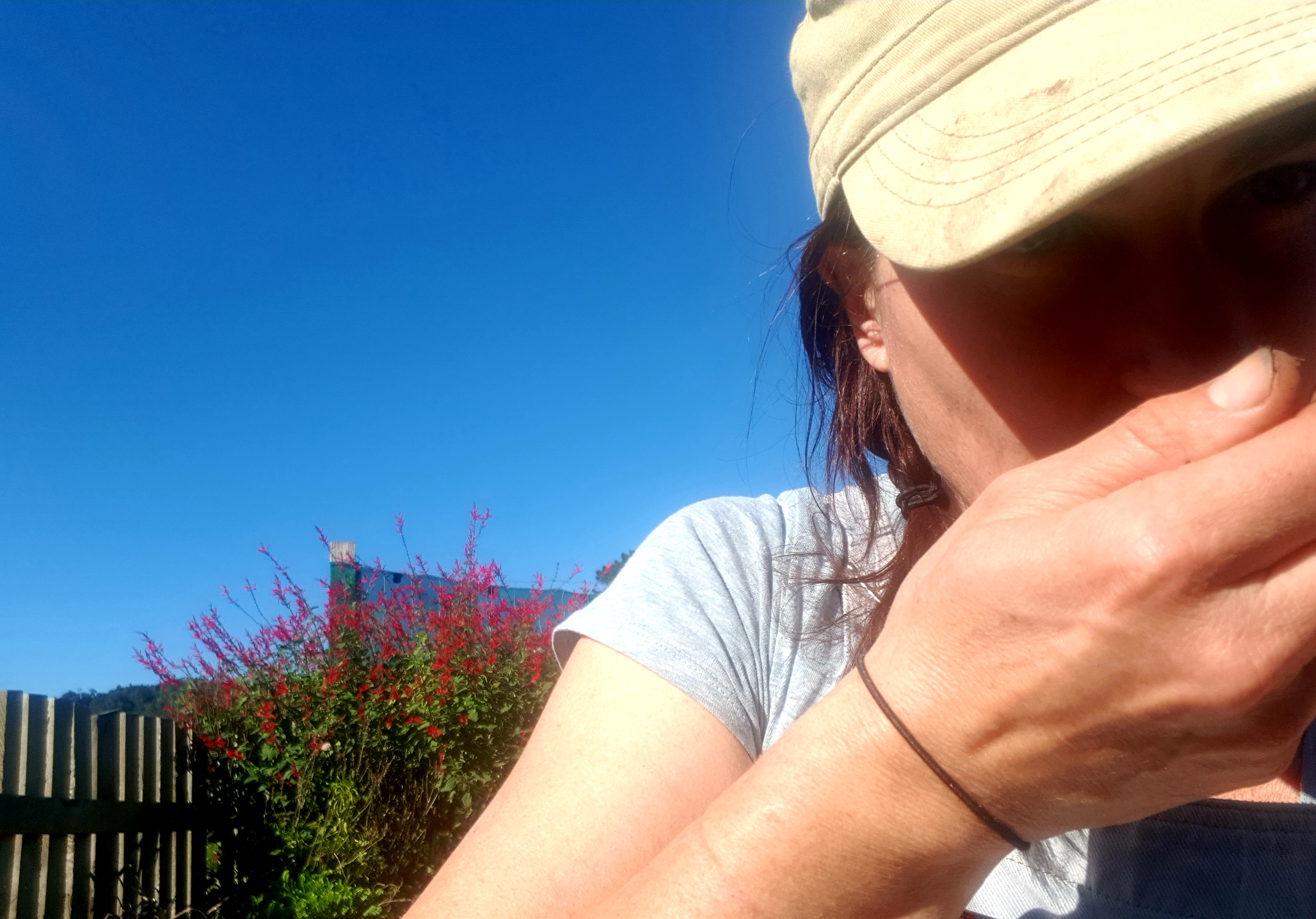A Mini DIY Soil Test


Use this quick, simple test before planting or sowing, to check that the soil you wish to plant into, is up to the task.
Let your soil lead the way in all your planting and sowing decisions. You'll use heaps less compost, your crops will flourish and you'll keep fertility steady.
How to do a mini DIY soil test

This mini DIY soil test, is exactly the same as your test for moisture + a few add on's.
Scoop up a handful of soil.
- Take a sniff, smell tells you alot. Sour means it lacks air and life, musty means you’ve an absence of organic matter + life, earthy and good = good growing!
- Look for worms and other critters, then return them to the garden.
- Squeeze the soil in your hand. Then open your hand out with a slight shake. Good growing soil will loosely stick together in a few clumps with a few crumbs that fall away. Poor growing soil will either slip through your fingers with nothing much sticking together or will stay moulded, retaining the shape of your fingers.
Should your soil be poor, add homemade compost or vermicastings and saturate with a biological feed before planting, or grow a greencrop instead of a crop.
Keep building it in tandem with creating your awesome garden set up, and one fine day - it'll all come together.
